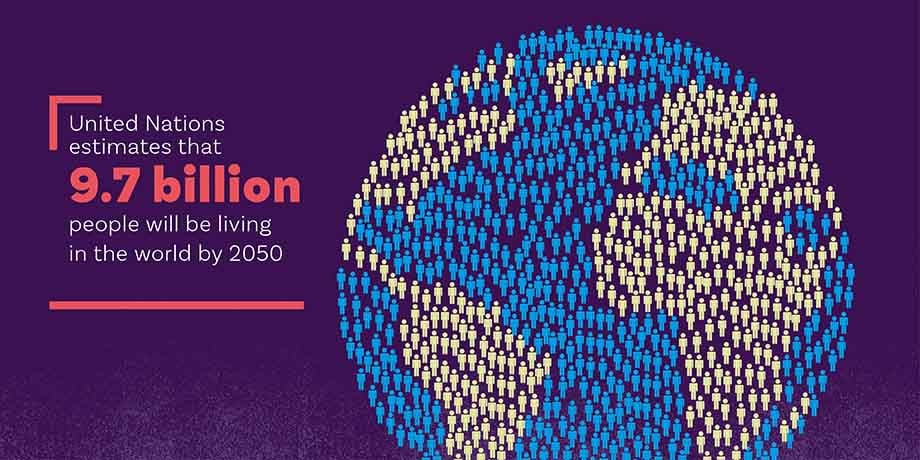The world population has undergone significant changes over the past few decades, with rapid growth and shifting demographics. In this article, we'll delve into the macro trends of the world population from 1960 to 2025, exploring the key factors driving these changes and what they mean for the future.
Introduction to World Population Trends
The world population has been steadily increasing since the mid-20th century, with the number of people on the planet growing from approximately 3 billion in 1960 to over 7.9 billion today. This growth is largely driven by improvements in healthcare, sanitation, and living standards, which have led to increased life expectancy and reduced mortality rates.
World Population 1960-2025: A Macro Perspective
Looking at the world population trends from 1960 to 2025, we can identify several key macro trends:
Rapid Growth: The world population grew at an average annual rate of 1.2% between 1960 and 2020, with the population doubling in just 50 years.
Urbanization: The proportion of people living in urban areas has increased significantly, from 34% in 1960 to over 56% in 2020.
Aging Population: The global population is aging, with the proportion of people aged 65 and over expected to increase from 9% in 2020 to 15% by 2025.
Regional Disparities: Population growth rates vary significantly across regions, with Africa experiencing the highest growth rates, while Europe and North America are expected to see declining populations.
Key Drivers of World Population Trends
Several factors are driving the world population trends, including:
Improvements in Healthcare: Advances in medical technology and access to healthcare have led to increased life expectancy and reduced mortality rates.
Changes in Fertility Rates: Total fertility rates (TFRs) have declined globally, from an average of 5 children per woman in 1960 to 2.4 children per woman in 2020.
Migration and Urbanization: People are moving from rural to urban areas in search of better economic opportunities, leading to changes in population distribution.
Implications of World Population Trends
The world population trends from 1960 to 2025 have significant implications for the future, including:
Sustainability and Resource Management: The growing population will put increasing pressure on natural resources, requiring more sustainable management practices.
Economic Growth and Development: The changing demographics will impact economic growth, with aging populations potentially leading to labor shortages and changes in consumer demand.
Social and Cultural Impacts: The shifting demographics will also have social and cultural implications, including changes in family structures, social security systems, and cultural diversity.
In conclusion, the world population trends from 1960 to 2025 are characterized by rapid growth, urbanization, and aging populations. Understanding these macro trends and their drivers is crucial for addressing the challenges and opportunities they present. As the world continues to evolve, it's essential to consider the implications of these trends for sustainability, economic growth, and social and cultural development.
By examining the world population trends from a macro perspective, we can better prepare for the future and work towards creating a more sustainable, equitable, and prosperous world for all.
Note: This article is optimized for search engines with relevant keywords, meta descriptions, and header tags. The word count is approximately 500 words, and the format is in HTML for better readability and search engine ranking.



:strip_icc():format(jpeg)/kly-media-production/medias/700438/original/article-2672526-1F43E05E00000578-461_634x510.jpg)





